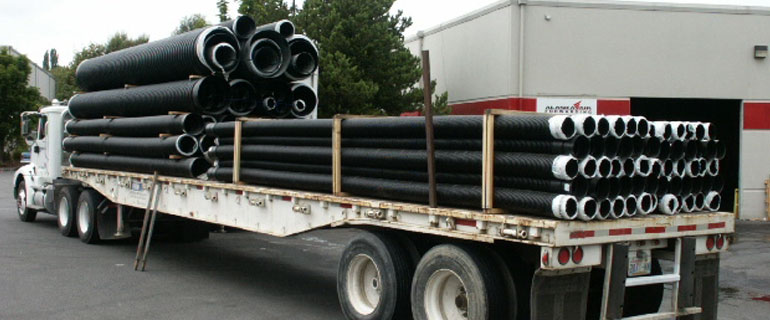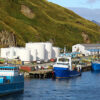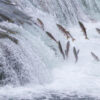Keeping Up with the Latest Developments in the ANWR
One of the longest running political controversies of our time is the subject of drilling in the Arctic National Wildlife Refuge (ANWR). This question has been at the center of political controversy for about 40 years and is not only a hot political issue, but also carries with it environmental and economic consequences. Here at Alaska Air Forwarding, we have watched this issue with much interest. However, before getting into the latest developments, we’d like to offer a little background on this vast piece of land known as the ANWR.
WHAT IS THE ANWR
The ANWR spans over 19 million acres on Alaska’s North Slope. It is the largest wildlife refuge in the nation supporting the largest variety of plant and animal life in the Arctic circle. It has been a protected piece of land since the early eighties when the Alaska National Interest Land Conservation Act (ANILCA) was signed banning development within the borders of ANWR. However, when this act was signed, there were 600,000 acres of land that were set aside for the purpose of evaluating the potential for oil and gas resources.
ENVIRONMENTAL CONCERNS
The controversy is fueled by concerns many environmental groups who believe drilling in any part of ANWR will disrupt the eco-system. Environmentalists argue that drilling emits CO2, which is the primary contributor to global warming. Global warming impacts the vegetation in the area, which provides sustenance for the animals; this is particularly concerning for more at-risk species such as the Polar Bear. According to environmentalists, not only are the land animals impacted, but the seismic effects of drilling is detrimental to marine life as well, creating stress and disrupting mating habits that can have a long-term impact on certain marine species.
ECONOMIC IMPACT
On the other side of the issue are the human residents whose lives could be tremendously impacted in a positive way by exploring and developing the opportunities the ANWR offers. The organization ANWR.ORG is made up of a group of people who have a vested interest in the ANWR. These people reside in Kaktovik, which is located on the coastal plain of the ANWR. The residents of Kaktovik have inhabited this part of the land for generations and see the opportunity to drill as a huge economic boon. They recall how the early days of oil drilling in Alaska provided steady and well-paying jobs that provided a tax base which funded schools as well as other needs. In addition, these residents have managed and worked the land for generations as they have hunted to provide food for their families. The former mayor of the North Slope had this to say:
I was taught by my father to respect the land and its resources because our very life depends on them. I realize life is different for me than it was for my father. But we are both the same in our dependence on the resources found on our lands. For my father, it was the food he hunted to feed his family. I also use the land to hunt food for my family. But the oil beneath the surface of ANWR can also provide jobs, schools and a thriving economy for my people.
I fully understand the fears of many people that the presence of the oil industry on the coastal plains will disrupt the wildlife. They fear that industry activity will destroy a part of this earth that should be preserved.
The Inupiat people probably feel those fears more strongly than people in the lower 48. This land is our legacy to our children. This land holds our future and the survival of our culture.
In 1969, when oil was first discovered on our lands, those fears were foremost in our minds as we fought for self-determination in order to be able to protect our resources. Since then, we have had over twenty years of working with the oil industry here. We enacted strict regulations to protect our land and the oil companies have consistently met the standards we imposed.
Previous political administrations have taken various stands on this issue: some have opened the way for exploration while others have prohibited it. At this point, the controversy still remains….. however, some would say the final decision should rest with those whose lives would be most significantly impacted.







